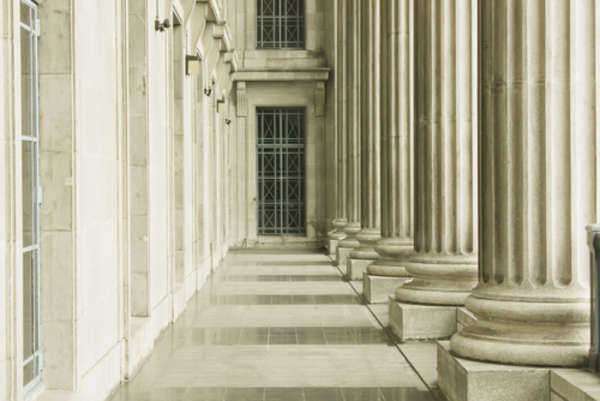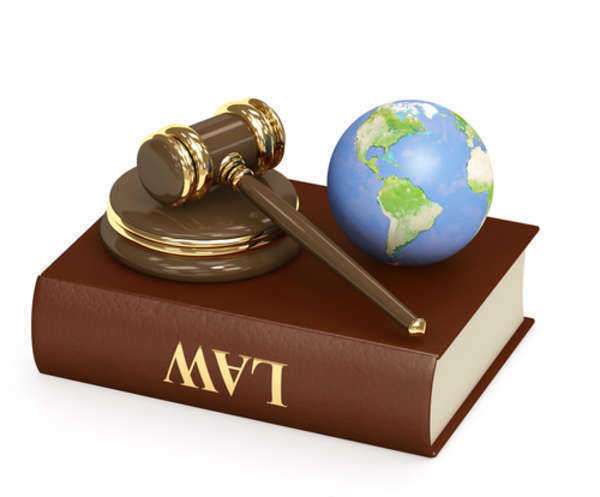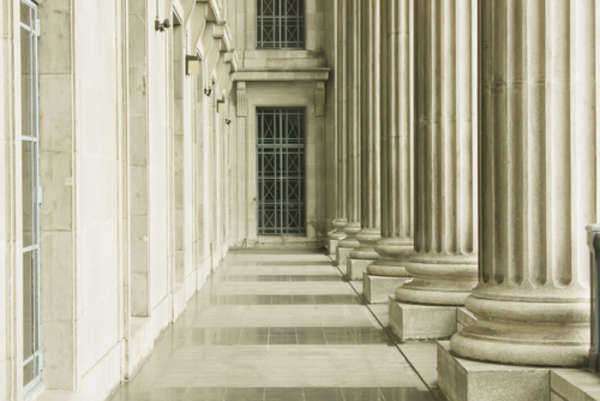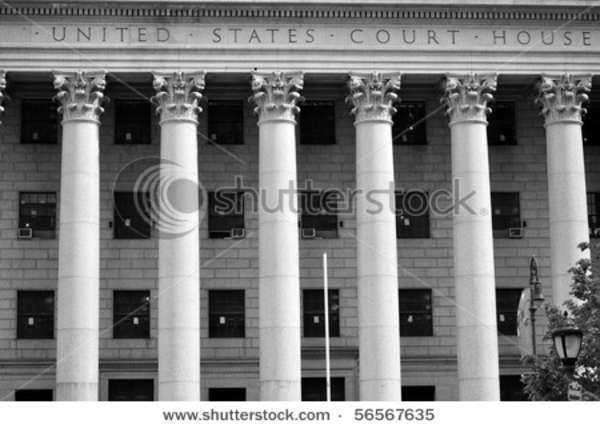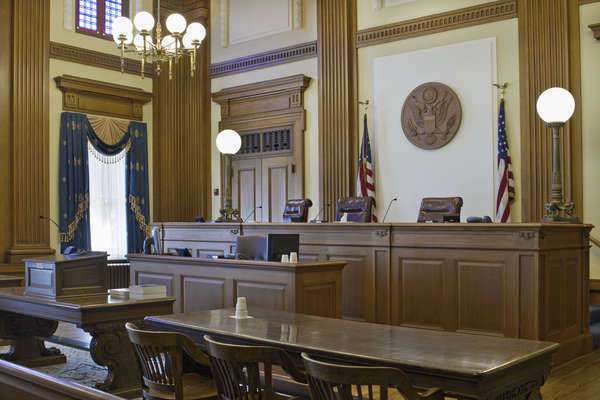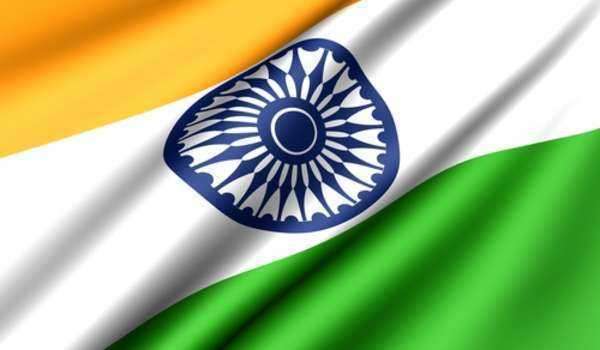
European Court of Human Rights
The European Court of Human Rights is an organization of the European Convention on Human Rights and is not based out the European Union, but rather the Council of Europe. The European Court of Human Rights was first set up in its current form in 1998, after amendments had been passed to the organization previously known under the same name. In its present form, as of 2010 the European Court of Human Rights had been credited with accepting 5,968 cases.
European Court of Justice
Membership in the European Court of Justice is based on membership in the wider organization of the European Union. As of 2010, this framework between different nations had 27 individual nation-states and the bench of the European Court of Justice has 27 judges, each acting as a representative of her or his home country and under the supervision of President Vassilios Skouras since his appointment in 2003, usually appearing in 3, 5, or 13-member panels.
Supreme Court of India
The Supreme Court of India functions according to Chapter IV of Part V of the Constitution of India. Based out of the New Delhi High Court, this judicial decision-making body functions as the final appeals court for the overall judicial system of the country, and as such, is headed by the Chief Justice of India. The membership of the bench of the Supreme Court of India has increased in number over its sixty year-long existence incrementally to 31.
Allahabad High Court
The highest legal authority for the Indian state of Utter Pradesh is vested in the Allahabad High Court. This court is based out of the city of Allahabad and may also be referred to as the High Court of Judicature. The Allahabad High Court was established soon after the country became independent from the British Empire in 1950. With a capacity for 160 justices, it is the largest Indian court.
High Court of Andhra Pradesh
The High Court of Andhra Padesh (AP) was created in 1954. The AP High Court, named as such for the city out of which it is based, provides for oversight over the state-wide judicial system of Hyderabad. The Andhra State Act provides the legal basis for the functions of the High Court of Andhra Padesh. The capacity of the AP High Court is for 39 members, of which it currently has 31.
Rajasthan High Court
The Rajasthan High Court was brought into existence in 1949 by the Rajasthan High Court Ordinance, and as such, is based out of the city of Jodhpur with the ability to thus render legal services for the rest of the state. As of 2009, the presiding Chief Justice over the Rajasthan state judicial system has been Judge Jagadish Bhalla, who also presides over 29 currently appointed judges, of a potential 40.
Punjab and Haryanan High Court
The Indian states of Punjab and Haryana are joined administratively in a number of ways, including sharing the appointed judicial administration of the Punjab and Haryana High Court. In 2010, the Punjab and Haryana High Court had 47 judges, out of its total capacity for 68 judges sitting on the court’s bench. The Punjab and Haryana High Court was created in 1966, as part of the overall process of joining the two states.
Gujarat High Court
The Gujarat High Court as a judicial institution presides over the Indian state of this name and has done so since its establishment in 1960 through the passage of the Bombay Re-organization Act through the legislature. The Gujarat High Court accordingly provides for an area which at one point was placed within the larger context of Bombay, through the efforts of 24 judges who are sitting on the bench as of 2010.
Consumer Court
The Consumer Court as an aspect of judicial practice appears in the legal system of India. A place is provided for it in this judicial infrastructure through the provisions of the 1986 Consumer Protection Act. A nationally applicable Consumer Court is supported by state- and district-level Consumer Courts where citizens may bring complaints against businesses.


